Stories
‘When people struggling against an injustice have no hope that anything will ever change, they use their strength to survive; when they think that their actions matter, that same strength becomes a force for positive change.’ So wrote Susan Stryker in Historias de lo trans (Continta Me Tienes, 2017), which opens this exhibition.
Stryker chronicles recent trans history in the United States. But it is not the only history. Laure Murat examines the term third sex and its evolution in French society (La Loi du genre. Fayard, 2006). C. Riley Snorton shines the spotlight on Black trans people (Negra por los cuatro costados. Bellaterra, 2019) and invites us to consider how gender and racial categories were co-constituted during the colonial genocide. José Benito Eres Rigueira and Carlos Villagrasa Alcaide recall the diversity-phobic crimes of the Franco regime and the alliances that stood up to them (Homosexuals i transsexuals. Els altres represaliats i discriminats del franquisme, des de la memòria històrica. Bellaterra, 2018). And Bruno Bimbi provides the ray of hope, in El fin del armario (Anaconda Editions, 2020), a review of the changes – and reactions to them – that have defined our brief 21st century.
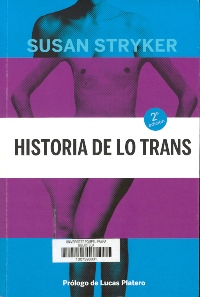
Stryker, Susan. Historia de lo trans: las raíces de la revolución de hoy.
Madrid: Continta Me Tienes, 2017
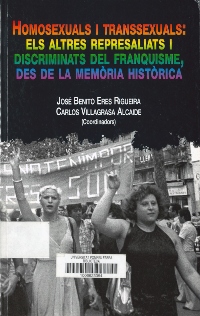
Eres Rigueira, José Benito; Villagrasa Alcaide, Carlos. Homosexuals i transsexuals: els altres represaliats i discriminats del franquisme, des de la memòria històrica.
Barcelona: Bellaterra, cop. 2008
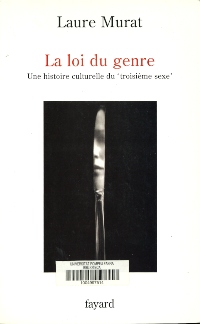
Murat, Laure. La Loi du genre: une histoire culturelle du troisième sexe.
Paris: Fayard, cop. 2006
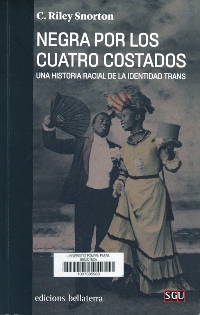
Snorton, C. Riley. Negra por los cuatro costados: una historia racial de la identidad trans.
Barcelona: Edicions Bellaterra, 2019
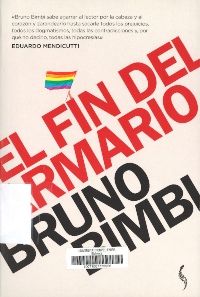
Bimbi, Bruno. El Fin del armario: lesbianas, gays, bisexuales y trans en el siglo XXI.
Valencia: Anaconda Editions, 2020
